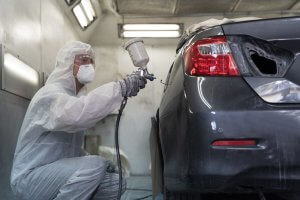
The Road to Perfection: Choosing the Right Car Paint for a Flawless Finish
Your Ultimatе Dеstination for Car Painting in Dubai and Car Scratch
Driving in the UAE means facing extreme temperatures, long highway stretches, and urban traffic congestion. Your tyres are your vehicle’s only point of contact with the road, making their condition crucial for safety, performance, and fuel efficiency. Regular tyre inspections can prevent accidents, extend tyre lifespan, and help you avoid costly fines.

The UAE’s scorching temperatures cause tyre rubber to degrade faster. Heat expands air inside the tyres, increasing pressure and the risk of a blowout. Regularly checking tyre pressure can prevent overinflation and reduce wear.
According to UAE traffic authorities, worn-out tyres contribute to many road accidents. Cracks, bulges, and low tread depth reduce grip, making it harder to control your vehicle, especially during sudden stops or wet conditions.
The UAE traffic law mandates a minimum tread depth of 1.6mm. Driving with worn-out tyres can lead to fines of up to AED 500 and four black points on your driving record.
Underinflated tyres increase rolling resistance, forcing your engine to work harder and consume more fuel. By maintaining the correct tyre pressure, you can improve fuel economy by up to 3%.
Tyres are a significant investment. Regular inspections help identify issues early, allowing for minor fixes before they escalate into costly replacements. Rotating your tyres every 10,000 km ensures even wear, further extending their lifespan.
Regular tyre inspections don’t take much time, but they can make a significant difference in your vehicle’s safety and performance. Here’s a step-by-step guide to checking your tyres:
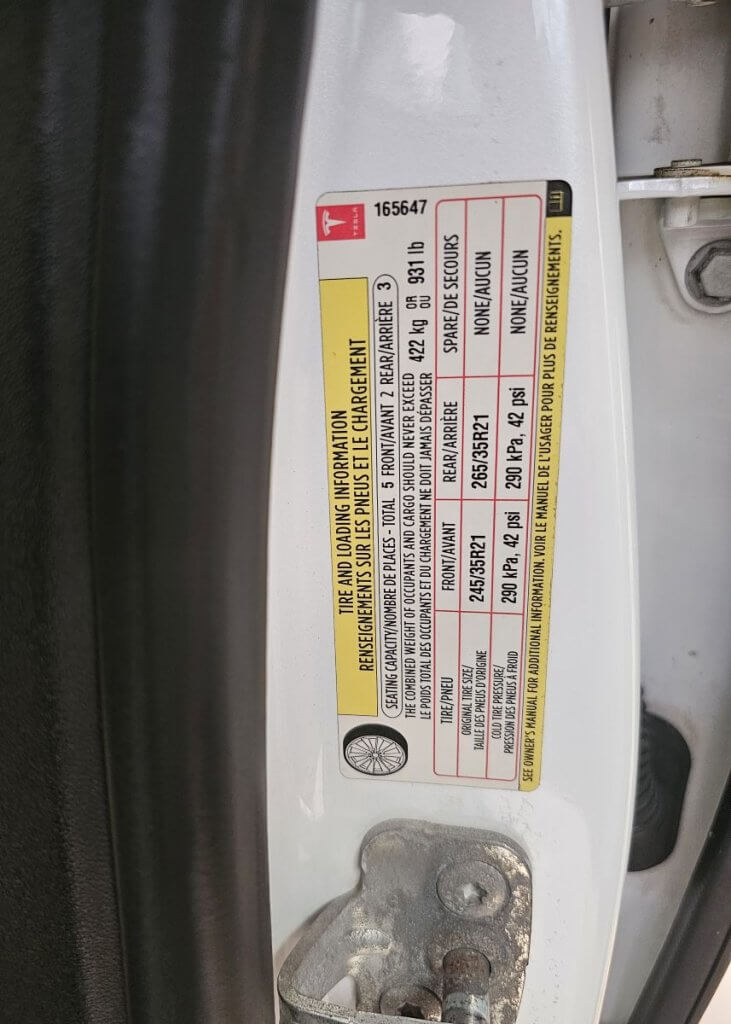
Tread depth affects grip, especially on wet roads. The UAE law requires a minimum tread depth of 1.6mm.
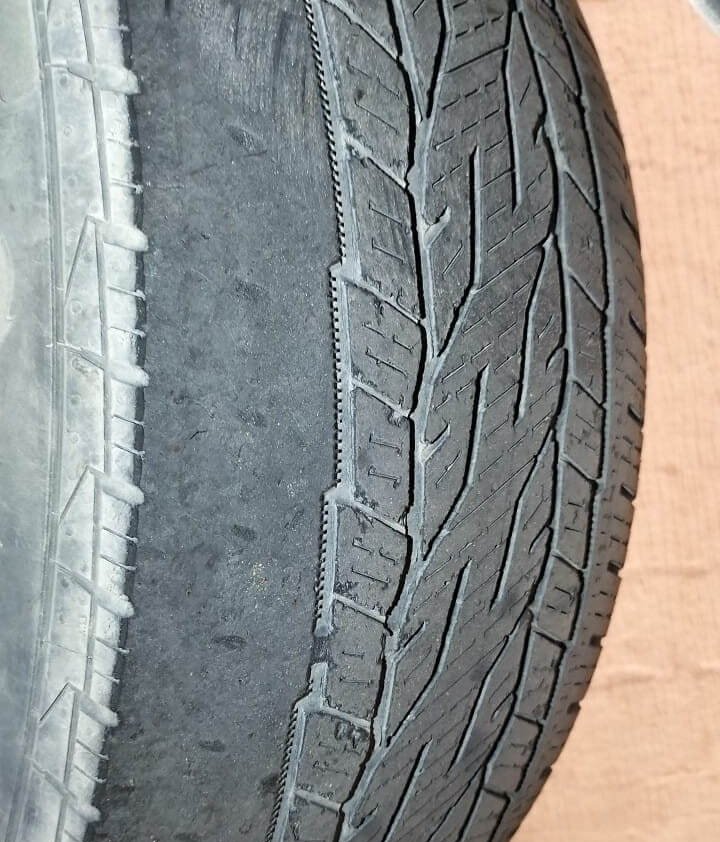
Scan your tyres for:
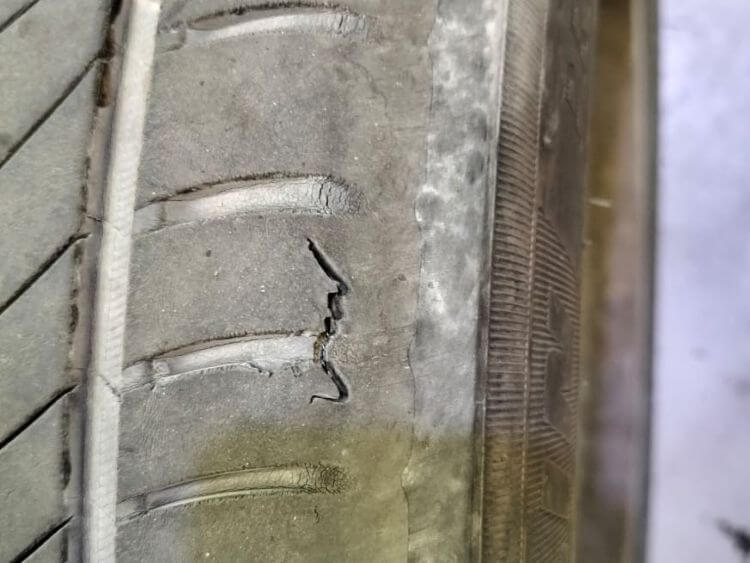
If your vehicle pulls to one side or you feel excessive vibration in the steering wheel, it may indicate misaligned or unbalanced tyres.
Visit a professional tyre service to check:
Alignment and balancing should be done every 6 months or every 10,000 km.

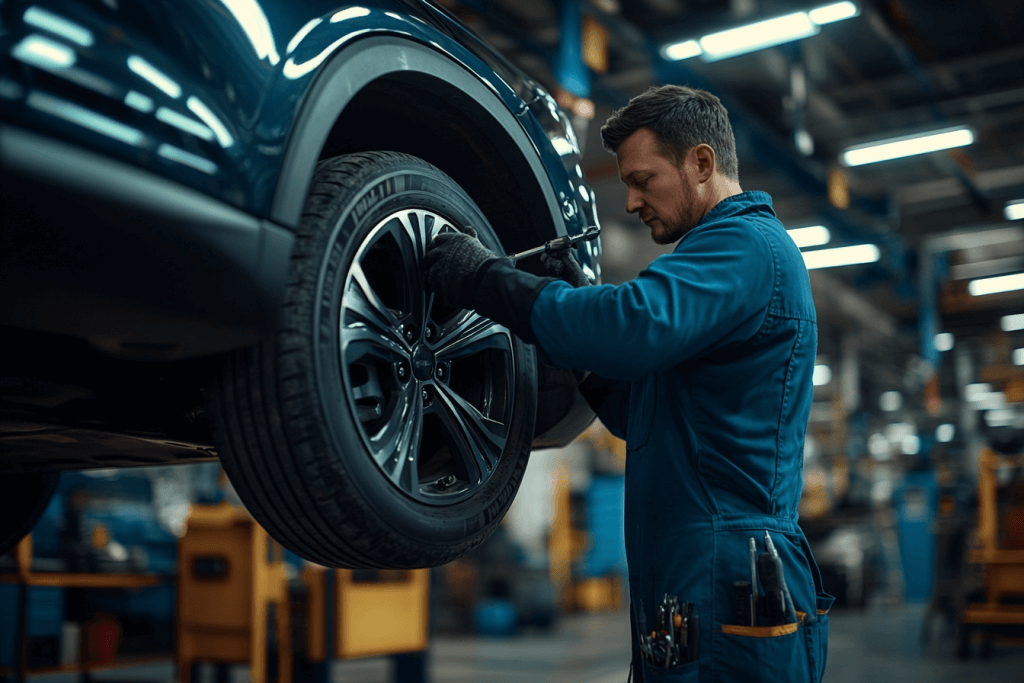
Replacing tyres at the right time is crucial for road safety. Here’s when you should consider a replacement:

Regular tyre inspections and timely replacements can prevent accidents, improve fuel efficiency, and save you money in the long run. Given the harsh UAE climate, it’s essential to check your tyres frequently and follow maintenance best practices to ensure a safe and smooth driving experience.

Your Ultimatе Dеstination for Car Painting in Dubai and Car Scratch

Reliable Car Service in Dubai
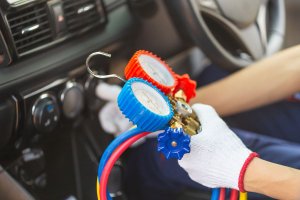
Your Ultimatе Dеstination for Car Painting in Dubai and Car Scratch

Your Ultimatе Dеstination for Car Painting in Dubai and Car Scratch

Your Ultimatе Dеstination for Car Painting in Dubai and Car Scratch